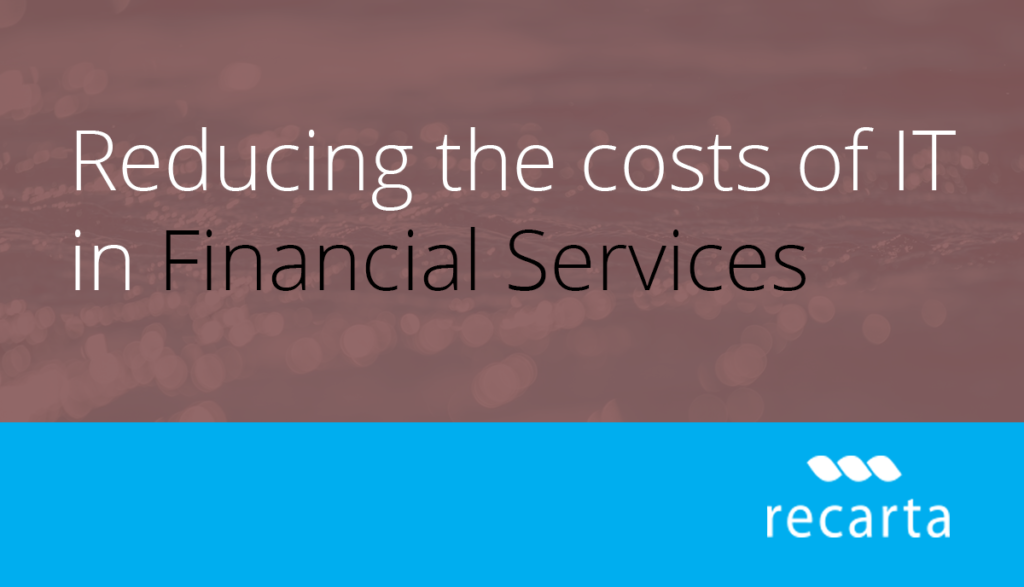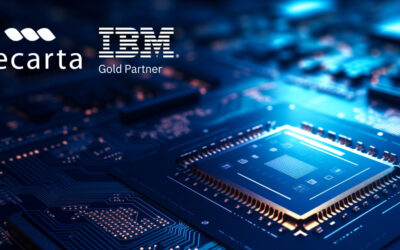
Over the last 5 years the regulated financial services sector has seen more than is fair share of legislative changes. MiFID II saw the introduction of more transaction transparency and personal security for clients realizing greater power for compliance and IT managers. GDPR has given everyone the chance to check data management and residence in line with end user permissions. Combine these changes with even more pressure from local politicians to increase corporate social responsibility and self underwrite in order to protect the tax payer from future disasters.
As an IT consultancy servicing a large number of private banks, investment banks and trustees we’re often at the brunt of these regulatory changes. Many of our clients have adopted an outsourced IT model for the assurance of performance SLA’s and IT as a monthly operational cost. This model has given rise (and pressure) to reduce ongoing hardware costs whilst most business continue to see exponential data growth in order that they remain compliant and in line with local market regulators.
So, as operating conditions continue to increase in costs in order that an industry remains compliant – we ask, ‘what steps can be taken to reduce costs?’.
The era of Big Data… and its not going away
Whether your servers are on premise or in the cloud the rate of data growth is set to continue to grow. The idea of adding new hardware to increase computing and storage capability just cannot be sustainable in the long term, yet this is what many find themselves doing, without the knowledge of an alternative approach. The key message here is – data consumption will not be slowing any time soon, it’s time to take a different approach.
On premise or cloud
We started this debate over 15 years ago. So if a client remains on premise it’s not that they don’t understand the virtues of virtualisation; it’s because they don’t believe it. Some may say with good reason too. 15 years ago no one predicted the complexity and escalating costs of licensing from hypervisor vendors or server manufacturers; even fewer predicted the now significant costs of power consumption. On premise CIO’s have, in most cases, good reason to remain in sight of their infrastructure and for many in FS the idea of owning the hardware where their trading takes place is just an inherent part of trading.
Software Defined Storage (SDS)
The good news is ‘converged’ systems offer a way to develop scalable storage from your entire hardware estate via a single software view. For many the adoption of SDS sees an immediate benefit of hardware and rack storage costs that can see over 50% in savings. The secondary effect of reducing hardware in this way is the reduction in power consumption, which can be considerable in a data center environment. A recent client of Recarta achieved a 95% reduction on power/ cooling / running costs since the implementation of it’s SDS architecture.
Hyper converged
Hyper converged infrastructure (HCI) goes a step further than SDS in it’s attempt to simplify infrastructure hardware and utilisation. Rather than seeking an infrastructure as a group of storage, Computing and hypervisor environments it de silo’s all hardware to ensure optimal performance and utilisation.
Many of our clients live in a world of ultra low latency and optimal resilience. But this operational performance has traditionally been born out of great cost and trust to an in house IT team or an outsourced partner with well respected credentials and employees. To this end HyperConverged Infrastructure provides a scalable architecture that can cope with a changing workplace. Today and tomorrow.
If you would like to speak to an impartial IT Infrastructure expert about reducing your hardware costs over the long and short term please contact us today.


